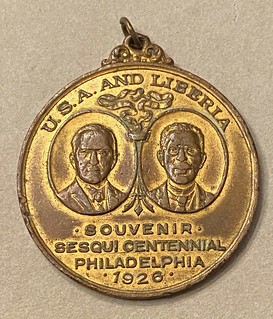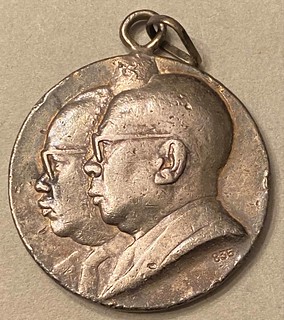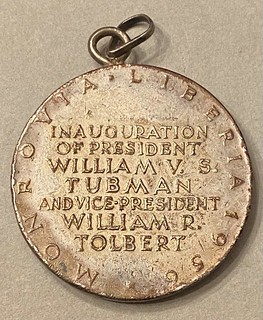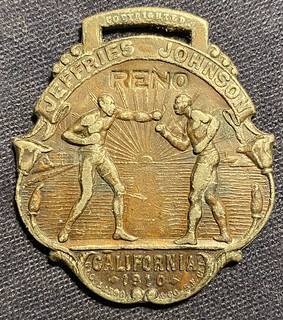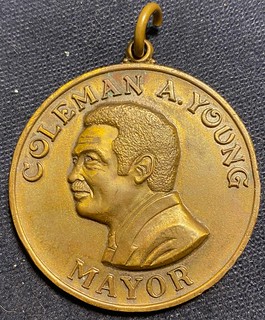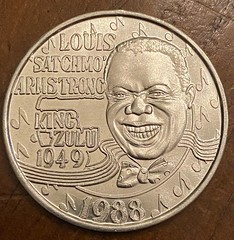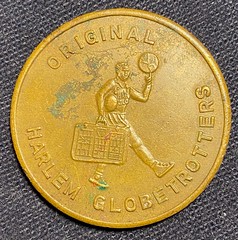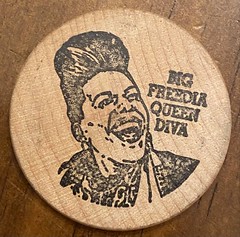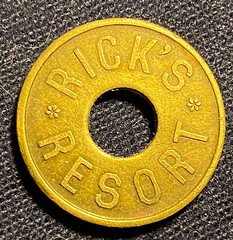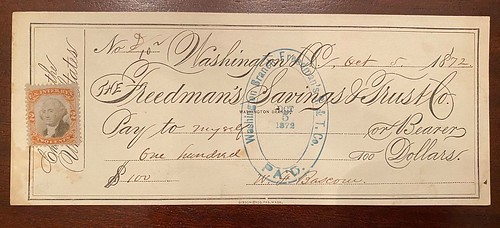
PREV ARTICLE
NEXT ARTICLE
FULL ISSUE
PREV FULL ISSUE
THE LIBERIAN EXODUSHere's another one of John Kraljevich's Black History Month articles on Facebook. This one focuses on the Republic of Liberia. -Editor
On April 21, 1878, the ship Azor, owned by the Liberian Exodus Joint Stock Steamship Company, left from Charleston with 206 Americans on board who planned to never return. Twenty-three of them died on the month-long journey. The Azor arrived in Sierra Leone on May 19, resupplied, and pulled into port in Liberia on June 3. Though the promise of Liberian life and the ease of prosperity there was exaggerated to those who emigrated, 173 of the original 183 emigrants were still in Liberia after two years. The families who arrived on the Azor evolved into some of the leading families of Liberia, almost a caste unto themselves, identifying as Americo-Liberians as time went on. They would become African-American Africans. Among those who made the voyage on the Azor was William Richard Tolbert, who hailed from tiny Ninety-Six, South Carolina, a town most famous for the small Revolutionary War battle fought there. Tolbert, then 11 years old, traveled to Liberia with his father and his sister to begin a new life, far away from Red Shirts who ran amuck in the part of South Carolina they had long called home. William Richard Tolbert Jr., the son of an African-American emigre and the grandson of a man formerly enslaved in South Carolina, became the vice president of Liberia on January 1, 1952. He served five and a half terms as vice president. On July 23, 1971, he became president upon the death of then-president William Tubman, whose grandparents were Georgia-born African Americans who were sent to Liberia in 1844 by their former owner. Tolbert was killed in a violent coup in 1980. The silver medal displayed below, struck for their 1956 inauguration, shows the jugate profiles of Tolbert and Tubman, the grandsons of African-Americans who had become definitively African.
To read the complete article, see:
Here are some additional posts in John's series. -Editor
To read the complete articles, see:
To read the earlier E-Sylum articles, see:

Wayne Homren, Editor The Numismatic Bibliomania Society is a non-profit organization promoting numismatic literature. See our web site at coinbooks.org. To submit items for publication in The E-Sylum, write to the Editor at this address: whomren@gmail.com To subscribe go to: https://my.binhost.com/lists/listinfo/esylum All Rights Reserved. NBS Home Page Contact the NBS webmaster 
|
